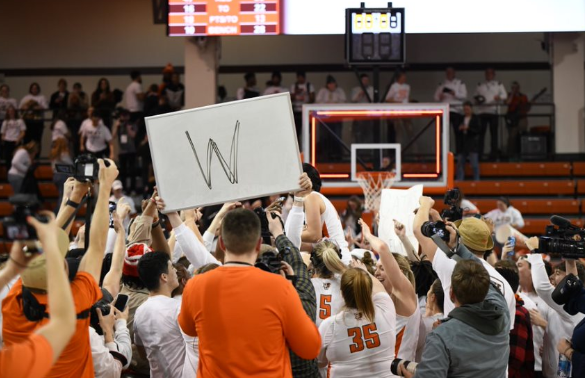Iran confirmed last week that it is building a previously undisclosed nuclear enrichment plant inside a military base near the city of Qum. Facing mounting international pressure for disclosure and inspection of its nuclear facilities, Iran has become the media and the U.S. government’s villain of choice again.
The American public has an unusual relationship with Iran. We always seem to be caught in one of three contradictory stances: deprecating it for its president’s comments and its potential to create nuclear weapons, wishing it to be the next haven for a liberal Western lifestyle, or forgetting about it completely. At any moment, whatever stance we’re caught in seems to have more to do with what the media and government tell us than with actual developments.
Now with this latest development, there is good reason to be upset with Iran and to threaten new sanctions if it doesn’t open its nuclear facilities in the coming weeks, as the Obama administration has done.
However, let’s take a step back. In late 2007, the U.S. Intelligence Community released its National Intelligence Estimate on Iran’s nuclear capabilities, judging with ‘high confidence that in fall 2003, Tehran halted its nuclear weapons program,’ including any covert uranium enrichment work. This estimate contradicted the previous one from 2005 and caused much delight over the supposed success of international pressure.
Throughout 2008, much criticism was hurled at Iranian President Mahmoud Ahmadinejad for his Holocaust-denying comments, but otherwise little public attention was devoted to Iran. Earlier this summer, President Obama delivered his forward-looking and hopeful Middle East speech in Cairo, inviting Iran and others in the region to renewed talks. Such aspirations were largely doused by news of Iran’s botched presidential elections.
It seems fantastic that Iran has transformed from a nuke-hungry rogue to a cooperative non-nuclear state, to a potential partner in maintaining peace in the Middle East, and now to an undemocratic theocracy, all in the span of four years. However, in their pursuit of ulterior commercial and political goals, that’s how the media and government have portrayed it.
Of course, no one knows for sure how to feel about Iran: how to piece together its many, often contradictory, forces, how to understand it as a whole, with its people, its government, its religion, its political tensions, its economic ambitions. Quick attempts to reach such certainty are doomed to failure.
Instead, we must view Iran through several interwoven perspectives. We must understand that its internal conflicts – between its supporters of democracy and its religious authority, between its liberalizing and its traditional forces, between its young population and its older government – are far from settled. If Iran itself does not know in which direction it is headed, how can we understand its true nature and portray it in a single phrase as we’ve done in years past?
This is an old lesson that we’ve learned several times and that we’re still learning, whether it applies to China, Russia, Afghanistan or Iran. There are multiple layers in each story. Some are compelling when you’re standing on the bully pulpit, some evoke hope for the future and some you don’t quite understand. However, if we are to take decisive action, such as imposing new sanctions, they must all be re-evaluated and foreseen. We cannot act based solely on simplified, one-dimensional caricatures.’







